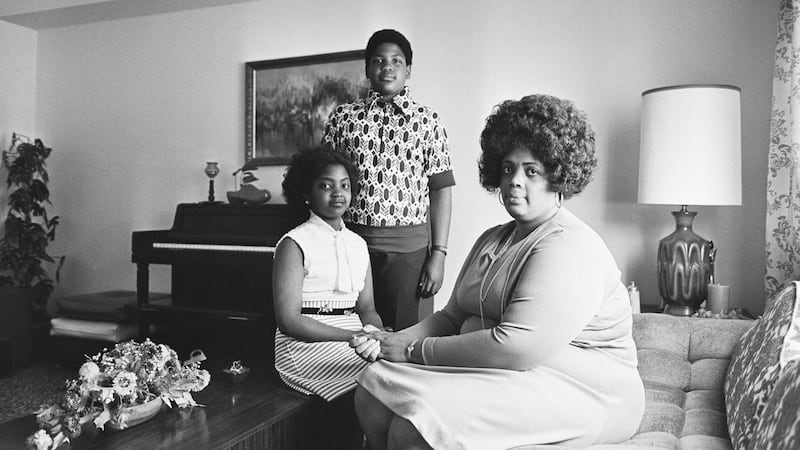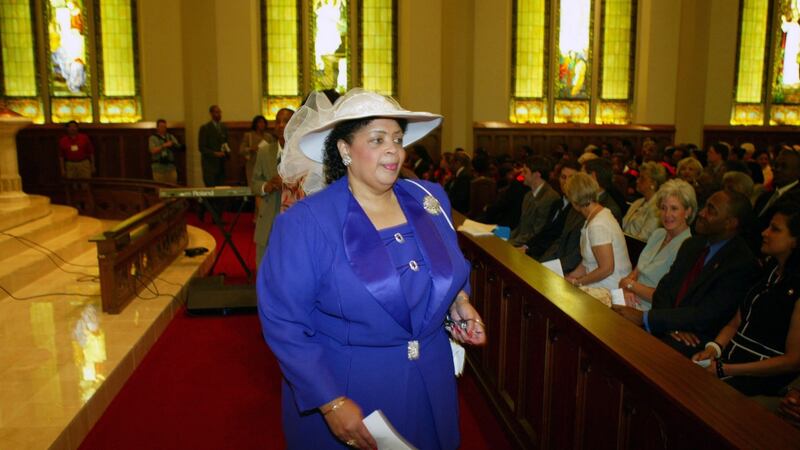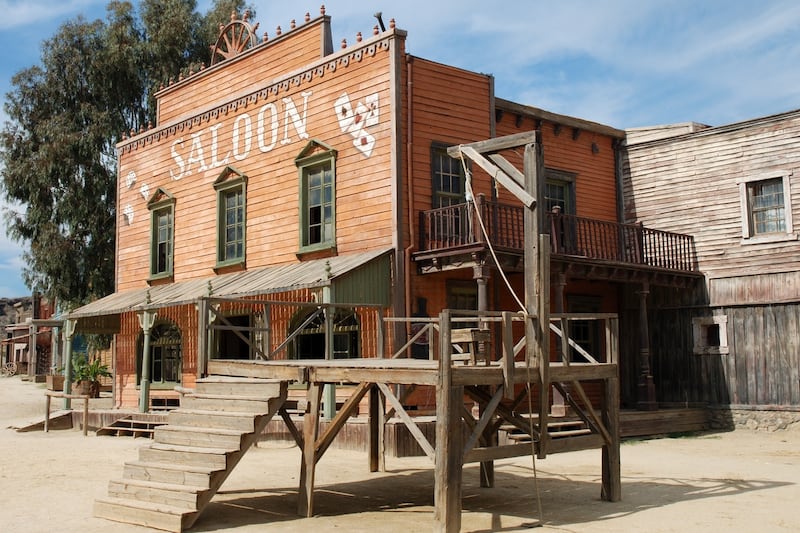Linda Carol Brown Thompson
Born: February 20th, 1943
Died: March 25th, 2018
The US supreme court’s 1954 decision in Brown v Board of Education proved a landmark in the struggle for civil rights in America, and Linda Brown, who has died aged 75, was at its centre. It began in September 1950, when seven-year-old Linda walked with her father Oliver to enrol for third grade at Sumner elementary school, a few blocks from their house in an integrated neighbourhood in Topeka, Kansas.
Linda had been attending Monroe elementary in a black neighbourhood a bus ride away. She wanted to go to school close by with her friends and, as her mother Leola recalled, “her daddy told her he was going to try to do his best to do something about it”. But Topeka’s primary schools were segregated.
Oliver Brown, a welder for the Atchison Topeka and Sante Fe railroad, was also a pastor at their local African Methodist Episcopal Zion church, and he was one of 13 black parents who were encouraged by the National Association for the Advancement of Coloured People (NAACP) to try to enrol their children from Topeka’s four black schools in some of the 18 all-white schools. He was, of course, turned away, and Linda recalled as they walked briskly home “how I could just feel the tension in him”.
The NAACP filed a suit, with Brown, first alphabetically, the named plaintiff in Oliver Brown et al v Board of Education of Topeka.

Similar suits in Delaware, South Carolina, Virginia and the District of Columbia were added, and three years later, the supreme court, including one repentant former member of the Ku Klux Klan, ruled unanimously in favour of the Browns. They overturned 1896’s Plessy v Ferguson, which had endorsed “separate but equal” facilities for the races, on the grounds such provisions were inherently unequal and violated the protections guaranteed by the 14th amendment.
Rosa Parks
The following year, Rosa Parks would challenge the segregated seating on buses in Montgomery, Alabama. And in the wake of Brown, which was supposed to be implemented with "all deliberate speed", came a series of dramatic school integration confrontations: the Little Rock Nine in Arkansas in 1957; Ruby Bridges in New Orleans, 1960, as immortalised in Norman Rockwell's painting The Problem We All Live With; James Meredith in 1962 at the University of Mississippi.
By the time of the supreme court decision, Linda was already attending an integrated middle school in Topeka; shy and quiet, she was the focus of unwanted press attention. She did find it funny that her school classmates “didn’t believe it was me” who had been so influential. But it was not until 1959, when she was in high school in Springfield, Missouri, to which her family had moved, that she realised that “gee, someday I might be in the history books!”.

In 1961 her father died of heatstroke while welding, and her mother returned to Topeka. Linda studied early education at Washburn College, Topeka, and Kansas State University, married and raised two children.
‘The struggle’
In 1979, on behalf of her children, she joined the American Civil Liberties Union in re-opening Brown v Board of Education, arguing the desegregation of Topeka’s schools remained incomplete. It was not decided until 1989, when the supreme court let a lower court ruling in the ACLU’s favour stand; a new plan for integration was not implemented until 1993. In 1994, on the 40th anniversary of Brown v Board of Education, Linda told an interviewer: “We feel disheartened that 40 years later we’re still talking about desegregation. But the struggle has to continue.”
She taught young children and gave piano lessons, and played for the choir at St Mark’s, the church where her father had been a pastor. Her sister, Cheryl, started the Brown Foundation , for which Linda worked as an educational consultant and taught in Head Start programmes for underprivileged families. Despite her reluctance to take the spotlight, she was an accomplished public speaker on civil rights and educational issues.
Her first marriage, to Charles Smith, ended in divorce. Her second husband, Leonard Buckner, and third, William Thompson, predeceased her. She is survived by her mother, two sisters, Cheryl and Terry, and a son, Charles, and daughter, Kimberly, from her first marriage.
– Guardian service














